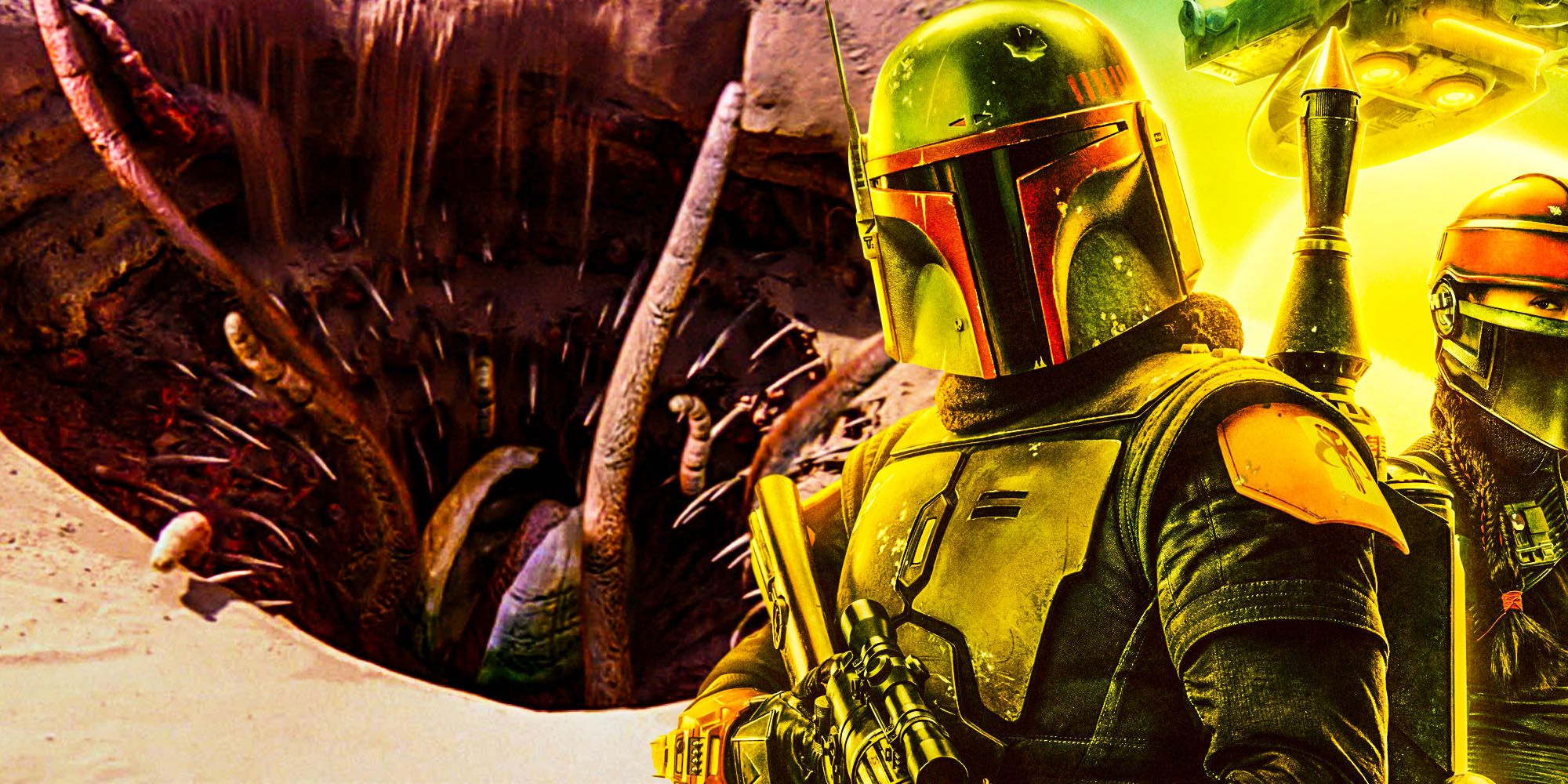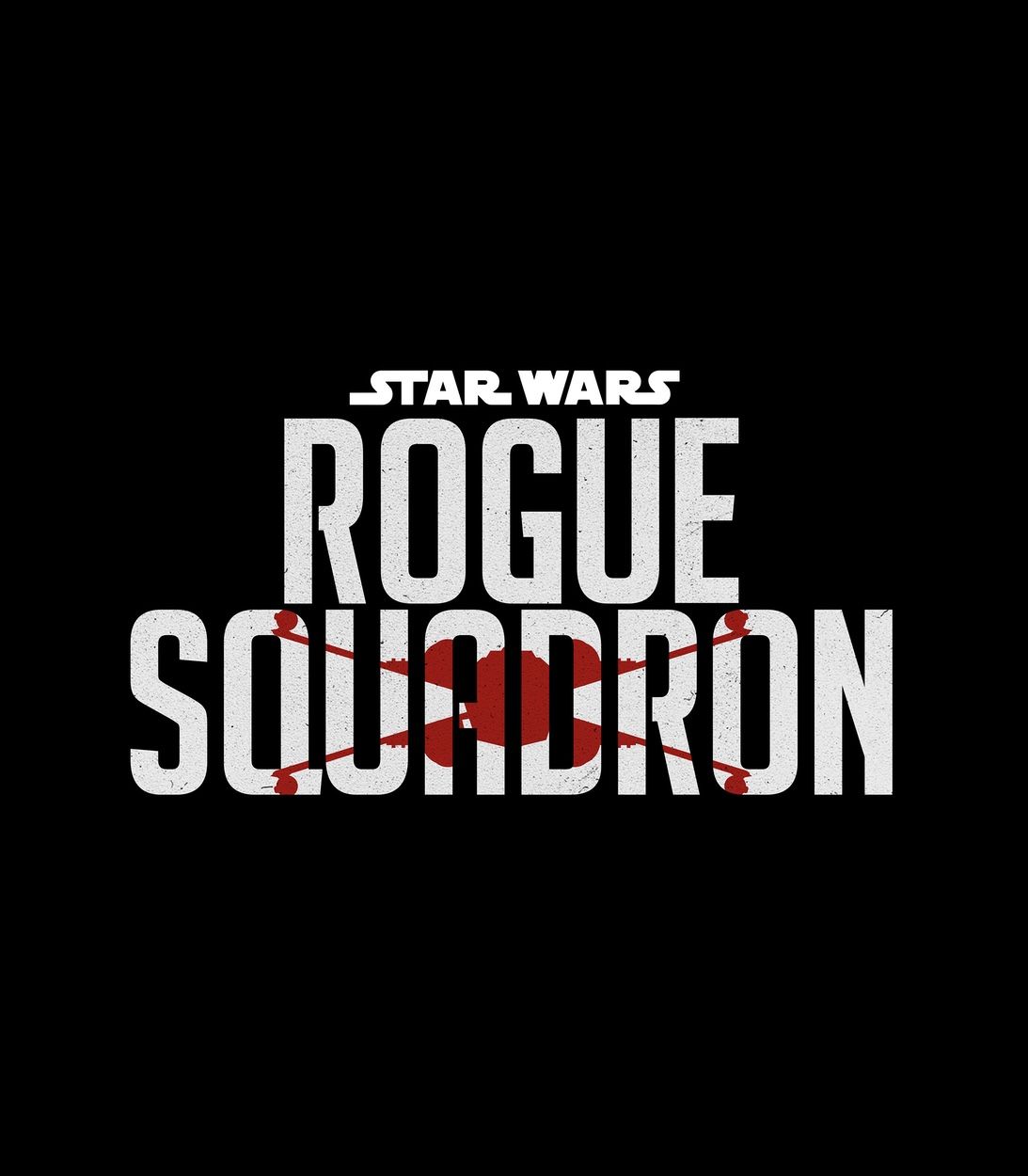George Lucas made numerous divisive changes to the original Star Wars trilogy via the special editions, and one such change made to Return of the Jedi is expanded on in The Book of Boba Fett. The nightmarish sarlacc that Jabba the Hutt fed his enemies to was altered in post-1997 versions of the film, with Lucas adding to the creature with CGI. The new version of the sarlacc became the norm in most Star Wars non-movie material of both continuities, with The Book of Boba Fett showing the additions in detail.
The Star Wars special editions changed A New Hope the most drastically (and infamously), and while The Empire Strikes Back had few alterations, Return of the Jedi had many significant alterations and additions. Some changes, like the extended ending montage, improved the film, making Return of the Jedi the ending of a saga, not just a single film. Others, like the new musical number in Jabba’s Palace, were distractingly out of place but generally harmless. Darth Vader’s additional dialogue aboard the Death Star II during his redemption, however, did the film a great disservice, damaging one of its most emotionally powerful moments.
Another controversial change that George Lucas made to Return of the Jedi was adding a CGI “beak” to the sarlacc. Most subsequent depictions of the sarlacc in canon and Legends included its beak, despite the divisive nature of this change. The Book of Boba Fett “Chapter 4: The Gathering Storm,” has Boba Fett and Fennec Shand return to the sarlacc in search of Fett’s Mandalorian armor, showing the sarlacc pit in detail, including its “beak,” revealing that it can retreat deeper into the pit. Canon and Legends sources explain the sarlacc's beak in detail, though its depiction in The Book of Boba Fett coincides with the explanations.
The sarlacc’s “beak” is actually a tongue and a secondary mouth. A sarlacc will use its tentacles to pull prey into its mouth, swallowing them in its tongue’s opening. While a sarlacc is sometimes depicted without its beak-like tongue, it will swallow anything unfortunate enough to come into its pit, whether or not the tongue swallows it. As shown in Return of the Jedi and The Book of Boba Fett, a sarlacc can stick its tongue out enough for it to be visible from a distance, or retract it enough for larger beings (or objects, like the Slave I) to not see it while inside the pit.
The addition of the sarlacc’s beak-like tongue was controversial among some viewers, who may have felt that the CGI was distracting or that it removed the chilling mystique of the monster within the Pit of Carkoon. Others might prefer the special edition’s version of the sarlacc, as the beak might make the creature more menacing and aggressive. The Book of Boba Fett depicted the sarlacc pit both ways, initially showing it without the beak and later including it when Boba Fett and Fennec Shand returned for Fett’s armor.
This made sense within the context of the two episodes. The sarlacc was passively in the background when Fett escaped it, but it violently attempted to eat the Slave I when it entered its maw, making for a high-tension action scene. The Book of Boba Fett supplements the sarlacc lore found in previous Star Wars non-movie material, showing George Lucas’ Return of the Jedi special edition change in a new light and demonstrating how dangerous the sarlacc is.



